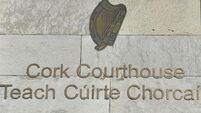Census figures could force constituency changes
Under the Constitution, there must be at least one TD for every 30,000 of the population.
But after recording a phenomenal surge of 26.8% in population since 2002 — from 73,186 to 92,800 — the Dublin West constituency now has 30,993 persons to each of its three TDs.













